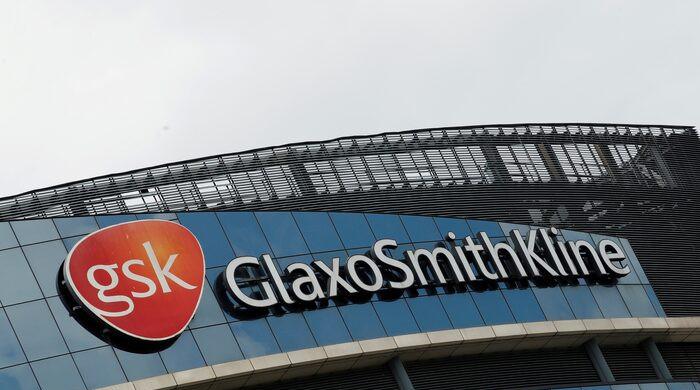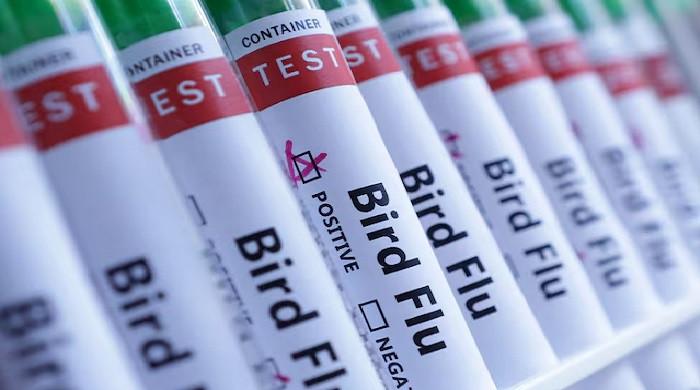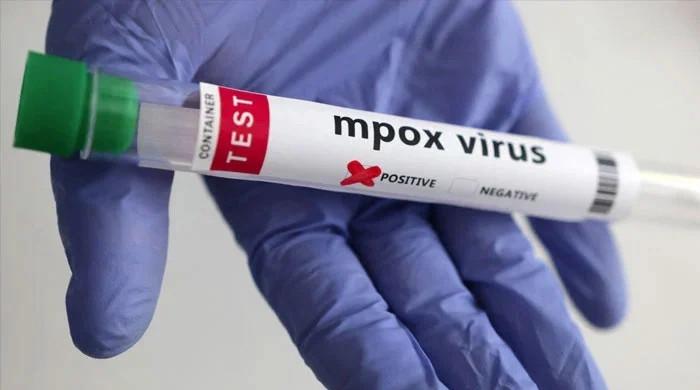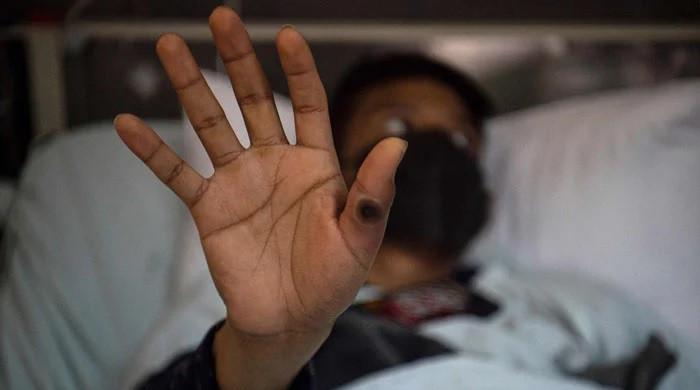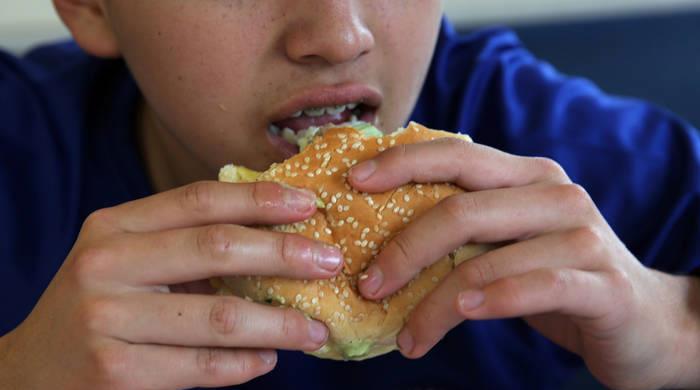Wary of govt hospitals and expensive private medical facilities, many COVID-19 patients are self-isolating
Many COVID-19 patients in Pakistan opt to stay home and get treated out of fear of govt hospitals and expensive private medical facilities
June 22, 2020
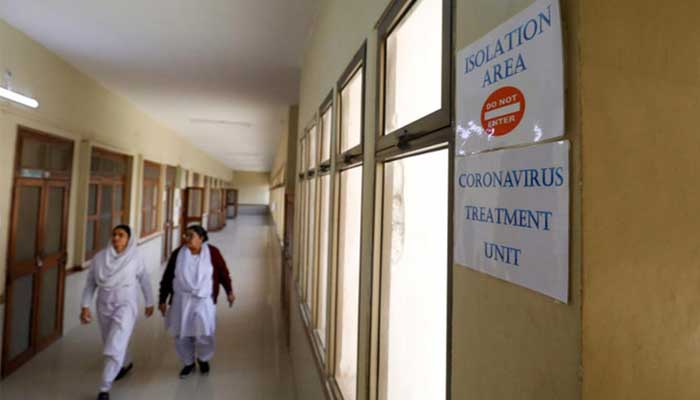
The number of COVID-19 cases in Pakistan are on the rise, ever since the government enhanced its testing capacity. However, the official confirmed cases of the virus still does not include numerous people across the country who are self-isolating at home after testing positive.
While the coronavirus tally has topped 176,000 with over 3,500 deaths with the figures rising every day rapidly, the cases would have jumped manifold had accurate data been available.
“As I felt the symptoms of COVID-19, I quickly quarantined myself at home after being tested positive. I did not consult any doctor but took the widely publicized precautions and ordinary medicines like Paracetamol to heal. I came to know about all this through the public awareness campaign,” a patient, Wajahat, told The News from Karachi.
Another patient, Ali, from Islamabad, said that he got himself tested after suffering from diarrhea, body pain and fever. “It transpired that I was COVID-19 positive. I promptly isolated myself at home and persuaded my family members living with me to get themselves tested for coronavirus. All of them were found negative. We neither visited any hospital nor did we consult any medic.”
Both patients in their early thirties, who recovered after three weeks’ seclusion and have started normal life, said they did not report their sickness to any government agency.
Similarly, a married woman from the federal capital, who has two small children, told The News that she was started suffering from a sore throat, cough and fever for a week that she developed during a gathering at the Eidul Azha. “My husband, who works for a multinational company, took me to a laboratory for coronavirus test.
I was found positive. Then, he got his mother, living with us, tested. The old lady turned out to be negative. Although it was very difficult in the presence of minor children, yet I quarantined myself at home, and after 18 days my test was negative.”
An aged man Khalil in his sixties, who was already suffering from multiple diseases and was taking high potency medicines to cure them, tested positive as well.
“I was admitted in a private hospital of Islamabad, which demanded Rs150,000 per day to keep me in its isolation ward. The facility asked me to deposit Rs500,000 as advance for a minimum of three-day quarantine. It was not less than a bombshell for me as I am a man of modest means. I requested a friend to lend at least Rs300,000 and I will arrange the rest.
However, as I was involved in the money collection, my pulmonologist, who is treating me for years, advised me to isolate at home and take the medication he prescribed. I followed his advice, and now I have largely recovered.”
All these affected persons were of the view that they were scared of the idea of landing in hospitals after listening to stories about what is happening to patients in such places.
A number of relatives, friends and acquaintances have narrated similar stories. The bottom-line in their recovery is self-isolation, avoiding private and state hospitals, and strict adherence to the safety measures and safeguards, which are being repeatedly publicised by the World Health Organisation.
There are innumerable cases of this nature. All such patients refused going to private or public hospitals for different reasons, with the financial conditions they were in and the poor state of affairs prevailing there being the principal causes.
These people secluded themselves at their homes and recovered after following necessary precautions that they came to know through awareness campaigns. These people, who have contracted the COVID-19, are not counted among the government’s growing tally of patients.
“The data is largely based on the tests conducted every day or the COVID-19 patients approaching the hospitals. It doesn’t include people, who arrange their own tests and stay at homes instead of approaching a medical facility after being found positive,” said a senior official.
He said that the government feels a bit relaxed with the decisions of the patients choosing to stay away from public hospitals, which are already overwhelmed, because the health system is not in a position to cope with the situation. “But in cases where the patients develop acute respiratory problem, there is no way out but to admit them in hospitals.”
Amid the fast spiking number of COVID-19 patients, the debate in Pakistan is still whether to have a total shutdown, smart lockdown, targeted lockdown or partial lockdown. The strict lockdown in several countries of the world was steadily eased after the curve flattened and authorities believed that the scourge was now in control to a large extent.
It was the other way around in Pakistan. Here, a total lockdown was imposed when the number of patients and deaths was too small. But when the patients’ tally started going up significantly, the strict lockdown was abandoned. After seeing the situation going out of control, a targeted or smart lockdown has been enforced in several localities of various big cities.
Prof Saeed Akhtar says there are two ways that one can live with an epidemic or pandemic that starts with a new virus or bacteria and may become endemic.
“The virus remains uncontrolled and takes you for a ride and you have no control over the situation. You take the virus in your control and whenever it tries to get out of control, you are in command and you crush it there and then and don’t let that turn it into a second epidemic. The best example can be that you have a very wild horse; tire the hell out of it, train it and tame it and it follows your command. And once in a while, the horse tries to be smart, you know how hard to pull the rein.”
He said the first example pertained to Pakistan and the United States while the second example to China, South Korea and New Zealand.
Originally published in The News





